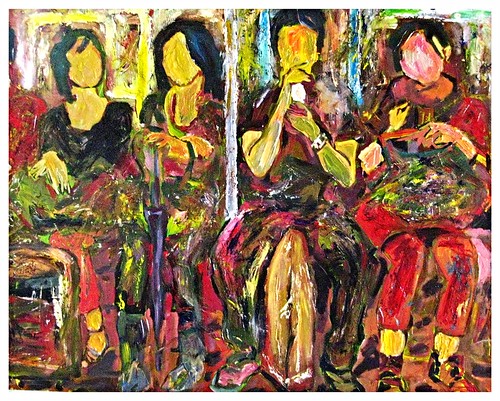New $2.90 NYC bus and subway fare first hike in seven years; MTA also boosts LIRR, Metro-North fares, bridge and tunnel tolls
Subway #Subway

Boarding New York City subways and most of its buses will cost another 15 cents before the summer is out under an MTA plan approved Wednesday that raises the base fare to $2.90.
The MTA board in a unanimous voice vote approved the 4% fare hike. In a separate voice vote, the board also approved a hike in bridge and tunnel tolls.
The new $2.90 base bus and subway fare, set to to take effect on or about Aug. 20, is three nickels more than the current fare of $2.75. The toll hikes will take effect on or about Aug. 6.
![]()
Seven-day MetroCards will cost $34 — a dollar more — and monthly MetroCards will cost $132, a rise of $5.
Express bus tickets will go up by 25 cents to $7, and 7-day express bus passes will cost $64, a $2 increase.
Commuter rail fares will also go up, except on the Metro North Railroad’s lines west of the Hudson River.
“It is prudent to raise prices,” MTA Finance Committee Chairman Neal Zuckerman said.
“To not have this modest price increase would be debilitating to this public resource.”
“We need this, to be responsible,” MTA Chair Janno Lieber said. “This was part of the budget deal — that there would be a much smaller fare increase, but there would be a small one.”
“It’s not without its downsides,” Lieber added. “Every time you’re asking people to pay a little more, you know that has consequences.”
Transit advocates didn’t argue against the fare increase Wednesday, but used the price bump as an opportunity to call for additional subsidies for New Yorkers in need.
“With costs going up across the city, Mayor Adams must deliver for as many struggling New Yorkers as possible by extending Fair Fares eligibility to 200% of the federal poverty level,” Danna Dennis, an organizer with Riders Alliance, said in a statement.
“Riders are looking to our mayor to invest the new program funding as aggressively as possible to reduce the burden of higher fares on low-income New Yorkers barely making ends meet.”
The pending fare hike had been used as an argument to expand eligibility to the Fair Fares program, which gives half-off fares to New Yorkers living at the federal poverty line — $30,000 annual income for a family of four.
But an effort to double the eligibility threshold faltered during city budget negotiations, resulting in only a moderate expansion of the program.
Wednesday’s decision marks the first time the price to turn the turnstiles has gone up since 2015, when the $2.75-per-ride fare was set.
![]()
A 2019 fare hike kept the single-swipe price of $2.75 by getting rid of a 5% bonus for putting multiple rides on a MetroCard.
That hike also increased Long Island Rail Road and Metro-North fares as well as bridge and tunnel tolls.
Tolls went up again in 2021, but fares on subways, buses and commuter rails did not.
Tolls will rise this time too — by 6% for drivers crossing the MTA bridges and tunnels with an EZPass, 10% for those paying by mail.
Breaking News
As it happens
Get updates on the coronavirus pandemic and other news as it happens with our free breaking news email alerts.
The MTA aims to raise toll box revenue by 4%, and revenue from tolls by 5.5%.
Together, toll and fare revenue accounts for roughly 40% of the agency’s 2023 operating budget.
MTA officials have pitched this year’s hike as a return to form, with additional 4% increases planned for 2025 and 2027.
This year’s fare increase was initially supposed to be higher, generating a 5.5% increase in revenue.
A $65 million cash infusion from the state, negotiated during this year’s budget process, offset some of that need.
The new fare schedule does away with the Atlantic Ticket discount for Brooklyn riders on the LIRR, but expands the $5 City Ticket to include rush hour tickets.
The City Ticket gives reduced rates on both MTA commuter railroads for riders who board and disembark within city limits.